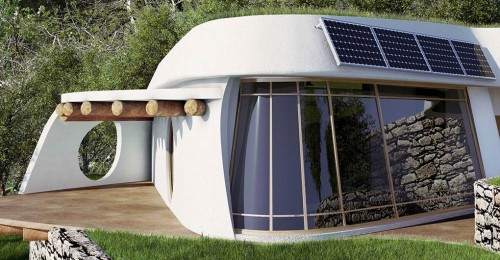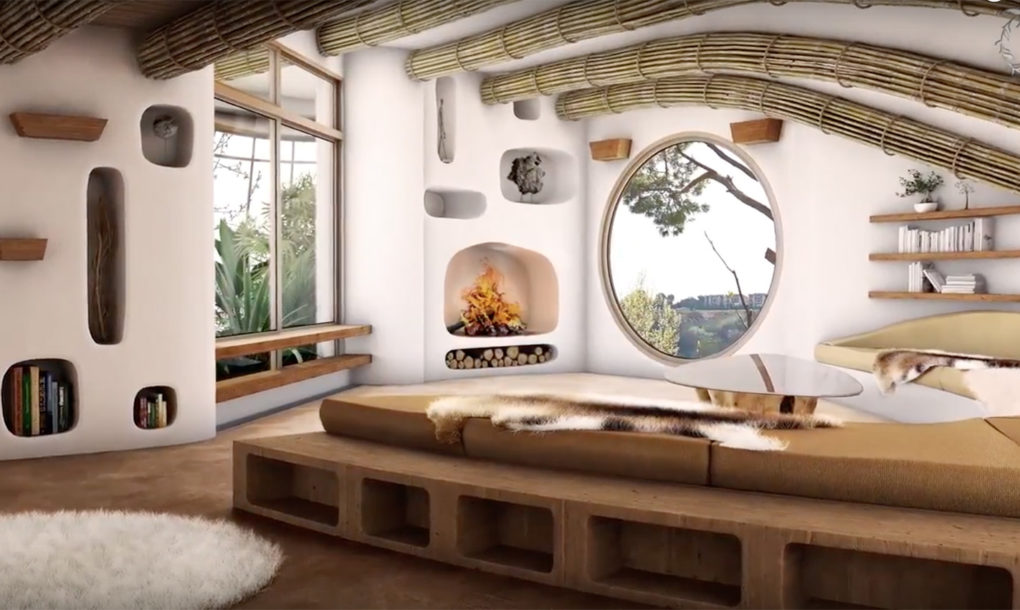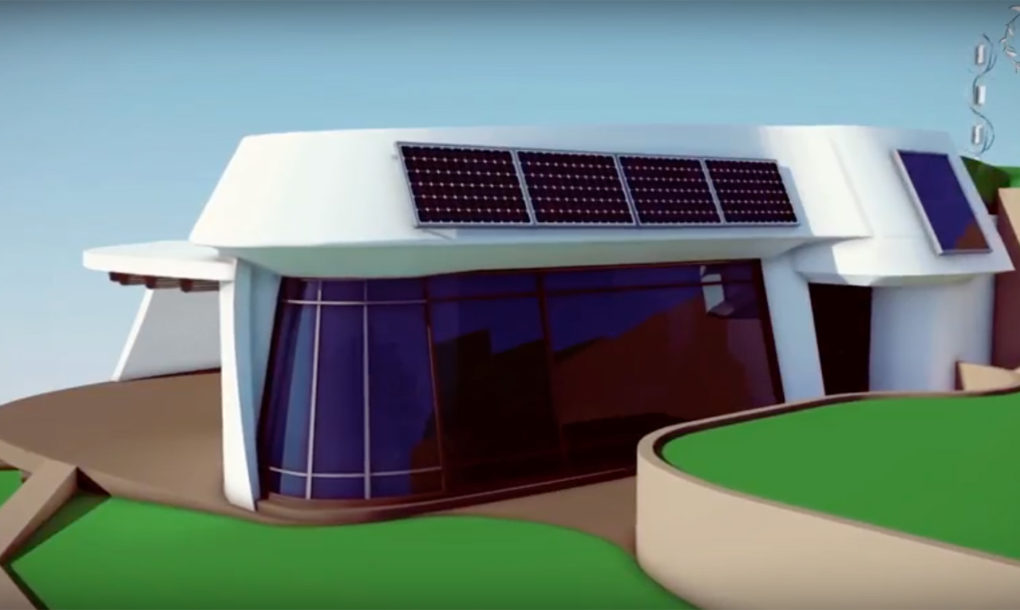RECOMMENDED VIDEOS

Nanocem Nanoscience for Sustainable Cement and Concrete
Nanocem

Eco-Friendly Landscaping | Cambridge, MA - Cambridge Landscape…
Cambridge Landscape Co. Inc

Revo LED : Eco Friendly LED Lighting Products
REVO LED Sdn Bhd

Low Carbon Green Cement Sustainable Concrete ekkomaxx by…
CeraTech USA, LLC.

Elkem is a world leading supplier of environment-friendly…
Elkem AS
Related Stories
‘House of Trash’ proves how waste can transform into beautiful home design
Whimsical park built of recycled materials pops up in Shanghai
Elevated bamboo peace bridge for the Korean Demilitarized Zone unveiled by Shigeru Ban and Jae-Eun Choi
Colossal cardboard temple pops up in Chiang Mai in just one day
“Cannabis walls” add warmth to this eco-friendly home in Israel
26 Aug, 2017

Amazing low-cost, off-grid Lifehaus homes are made from recycled materials
Green Building Materials, Construction & Design | LEBANON | 05 Jul, 2017
Published by : Eco Media Asia
This amazing home by Lifehaus blends low-cost off-grid appeal with with holistic living and luxurious details. The Lebanon-based company started by Nizar Haddad is pioneering energy-neutral dwellings made from locally-sourced and recycled materials. People living in the green homes will also be able to generate their own electricity, and grow their own food. The dwellings don’t simply offer a sustainable option, but address many societal issues in Lebanon, such as the trash crisis that brought Beirut to its knees last year.

Lifehaus homes include a greenhouse for growing food, and solar panels for generating renewable energy. It promotes sustainable water use through rainwater collection and grey water reuse. And all this comes with a price tag of around half the average cost of an unfurnished Lebanese home, which is around $800 per square meter.
Lifehaus addresses many societal issues in their sustainable dwellings that offer a way of life more in touch with the Earth. “Lebanon’s construction industry is one of the leading factors behind desertification in the country,” Media Representative Nadine Mazloum told Inhabitat. “Entire hills and mountains are being turned into wastelands as demand for conventional buildings continues to rise. Also, with Lebanon being a post-war country, successive governments, since 1990, and up until now have been and continue to be unable to provide many of the country’s citizens with round-the-clock water and electricity – so this got us thinking of going off the grid.”

Lebanon has been suffering from a trash epidemic, and the crisis propelled the team into action in 2015, according to Mazloum. She said, “As garbage was left on the streets for months at a time, we felt that we could no longer wait and so dedicated ourselves fully to Lifehaus.”
Lifehaus treats that waste as treasure by incorporating recycled materials in the dwellings. They also allow for composting organic trash for use in the garden as fertilizer.
Passive design keeps a Lifehaus cool in the summer and warm in the winter. The homes can be partially buried, with the roofs offering additional food-growing space. This helps them be more earthquake-resistant and minimizes heat loss. The homes’ low cost design could work for housing in developing countries, or for refugees. Lifehaus counts Earthship among their sources of inspiration, and creator Michael Reynolds has endorsed the project.
Lifehaus is drawing on ancestral building techniques, such as using mud and clay as opposed to concrete, and treating those materials with linseed oil and lime. Construction on the first 1,722 square foot prototype will begin next month in Baskinta, Lebanon, and Lifehaus hopes to get the community involved.
“Now is the time for the human species to reconcile with nature. Our collective lifestyles are no longer sustainable,” Mazloum told Inhabitat. “The Lifehaus is not just about building a house, it’s about community and communication. We hope to reinforce the feeling of being in a community and communicating a strong message that yes, we can all make a change no matter how dark the world seems.”
Article from inhabitat.com
by Lacy Cooke
